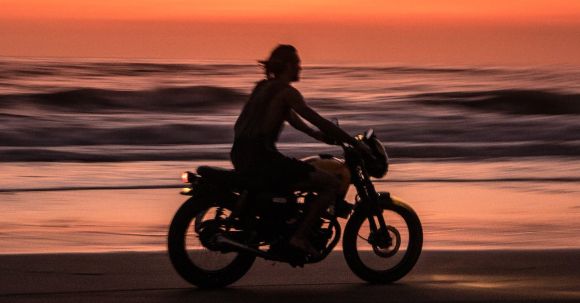Riding a motorcycle can be an exhilarating experience, but it can quickly turn into a nightmare if your bike starts to overheat. An overheating motorcycle can lead to engine damage and even a breakdown on the side of the road. To prevent this from happening, it’s important to know what to do when your motorcycle overheats. In this article, we will discuss some steps you can take to handle this situation effectively.
Pay Attention to Warning Signs
The first step in dealing with an overheating motorcycle is to pay attention to warning signs. Your motorcycle may give you some indicators that it is running hot, such as increased engine noise, a burning smell, or steam coming from the radiator. Additionally, you may notice that your bike is not performing as well as usual, with reduced power or sluggish acceleration. If you observe any of these signs, it’s essential to take action immediately to prevent further damage.
Pull Over Safely
If you notice that your motorcycle is overheating, the next step is to pull over safely. Look for a safe spot to stop, away from traffic and on a level surface if possible. Avoid stopping on the side of the road or in a dangerous location. Once you have safely pulled over, turn off the engine and give it time to cool down.
Check the Coolant Level
Once your motorcycle has cooled down, you can check the coolant level. The coolant is responsible for regulating the temperature of the engine, so if it is low or empty, it can cause overheating. Locate the coolant reservoir and check the level. If it is low, you can add more coolant to bring it to the recommended level. However, be cautious not to open the radiator cap while the engine is still hot, as it can cause the coolant to spray and burn you.
Inspect the Radiator and Cooling System
While you are checking the coolant level, take the time to inspect the radiator and cooling system for any visible damage or blockages. Look for leaks, loose hoses, or debris that may be obstructing the airflow. If you notice any issues, it’s best to have them repaired or replaced by a professional mechanic.
Allow the Engine to Cool
After checking the coolant level and inspecting the radiator, it’s important to allow the engine to cool down completely before attempting to restart it. This will prevent any further damage to the engine and ensure that it is safe to continue riding. Take this time to hydrate yourself and assess the situation to determine whether it is safe to continue riding or if you need to call for assistance.
Preventive Measures
To avoid the inconvenience and potential damage caused by an overheating motorcycle, it’s important to take some preventive measures. Regularly inspect and maintain your motorcycle’s cooling system, including checking the coolant level and ensuring that the radiator is clean and free from debris. Additionally, avoid riding in extreme heat or heavy traffic, as these conditions can increase the risk of overheating.
In conclusion, dealing with an overheating motorcycle can be stressful and potentially dangerous. By paying attention to warning signs, pulling over safely, checking the coolant level and cooling system, allowing the engine to cool, and taking preventive measures, you can effectively handle this situation and prevent further damage to your motorcycle. Remember, if you are unsure or unable to resolve the issue on your own, it’s always best to seek professional assistance. Stay safe and enjoy your rides!
